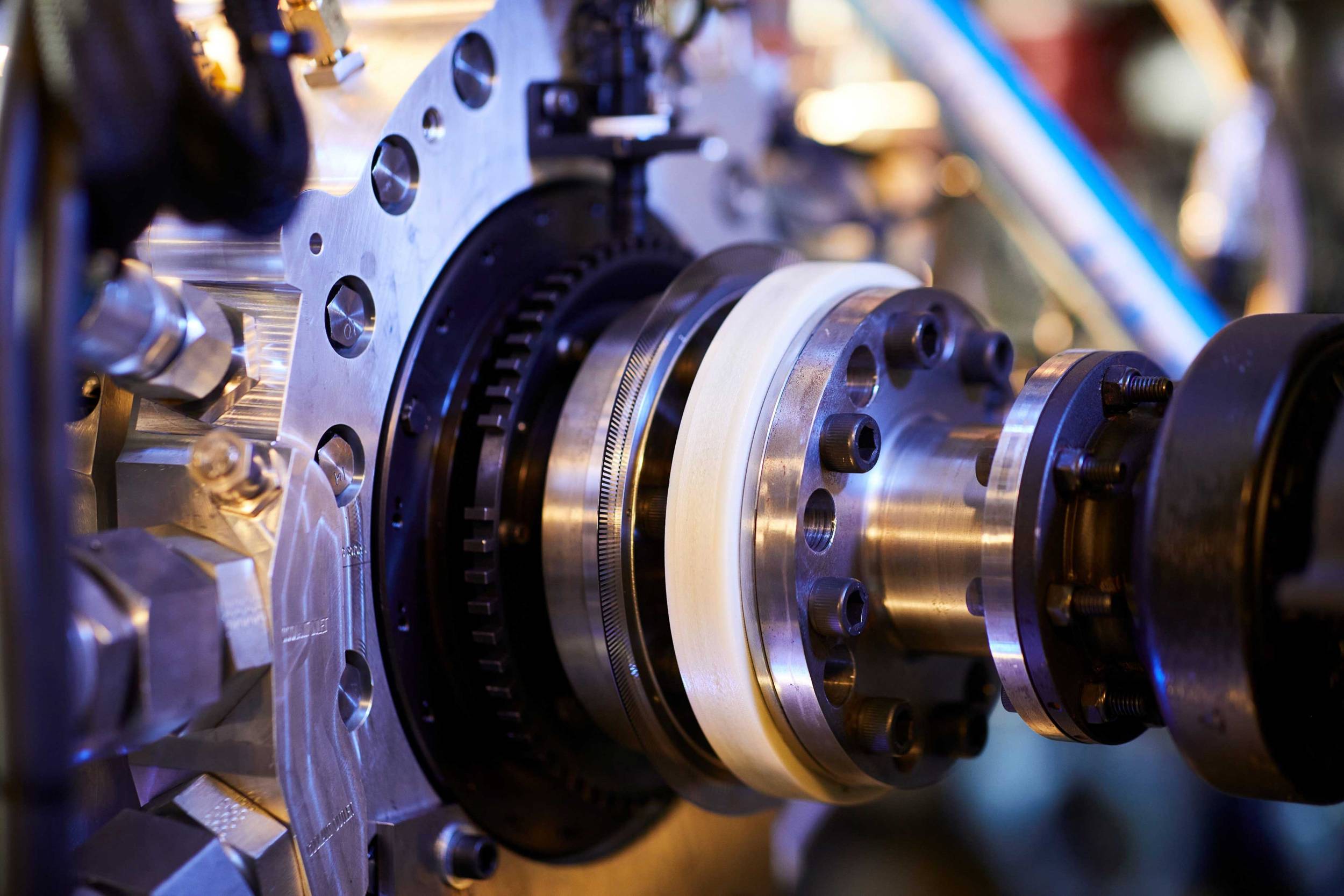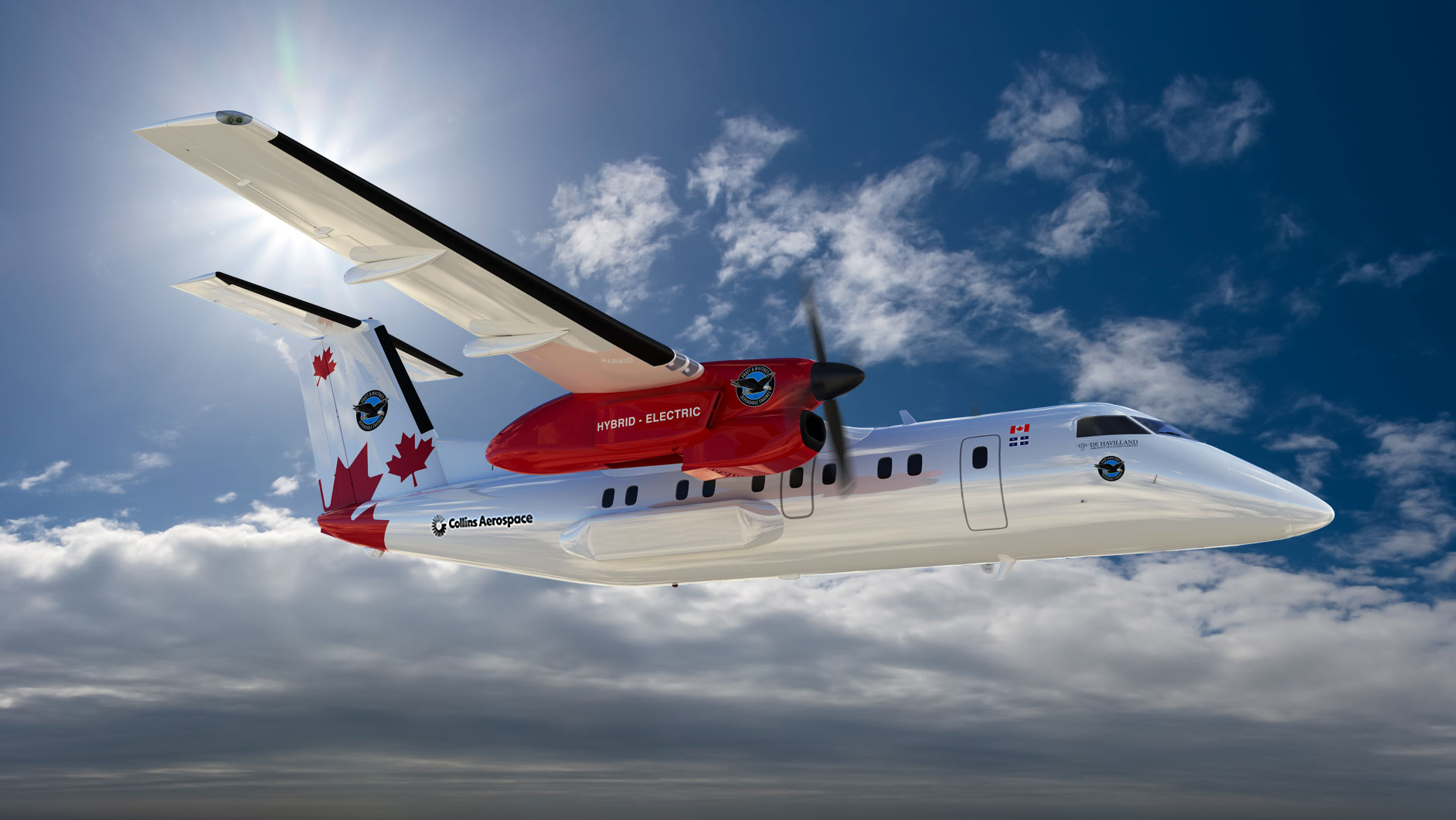Click Here to View This Page on Production Frontend
Click Here to Export Node Content
Click Here to View Printer-Friendly Version (Raw Backend)
Note: front-end display has links to styled print versions.
Content Node ID: 414415
Raytheon Technologies' Pratt & Whitney and Collins Aerospace units have made significant progress on advancing hybrid-electric propulsion through the Scalable Turboelectric Powertrain Technology (STEP-Tech) demonstrator, which has completed its first engine run and electrical system integration test.
As a modular and scalable demonstrator platform, STEP-Tech provides for rapid prototyping of distributed propulsion concepts applicable to a range of next-generation applications, including advanced air mobility vehicles, high-speed eVTOL aircraft, and blended wing body aircraft, Raytheon said.
“Hybrid-electric propulsion is a key part of Raytheon Technologies’ roadmap for enabling more sustainable aviation, with the potential to enhance efficiency across many future aircraft applications, from advanced air mobility to regional aircraft and single-aisles,” said Raytheon Technologies chief technology officer Mark Russell.

Conducted at the Raytheon Technologies Research Center in East Hartford, Connecticut, the successful test included the first run of STEP-Tech’s turbogenerator loaded at partial power, Raytheon Technologies said. An electrical system test followed, where the battery and supercapacitor energy storage systems were integrated with the high-voltage distribution system. The next test will include a full-power turbogenerator run and validation of the propulsors.
With support from the governments of Canada and Quebec, Raytheon Technologies is also advancing hybrid-electric propulsion as part of its hybrid-electric flight demonstrator program. The work involves a collaboration with the Sustainable Water-Injecting Turbofan Comprising Hybrid-Electrics (SWITCH) consortium, with assistance from the European Union’s Clean Aviation Joint Undertaking.

Through such demonstrator programs, Raytheon Technologies aims to develop a broad portfolio of sustainable aviation technologies via collaboration across its business units and through industry and public-private partnerships. The strategy embraces the continual advance of aircraft efficiency and the enabling of wider use of sustainable aviation fuel (SAF) to support civil aviation’s goal of net-zero CO2 emissions by 2050.